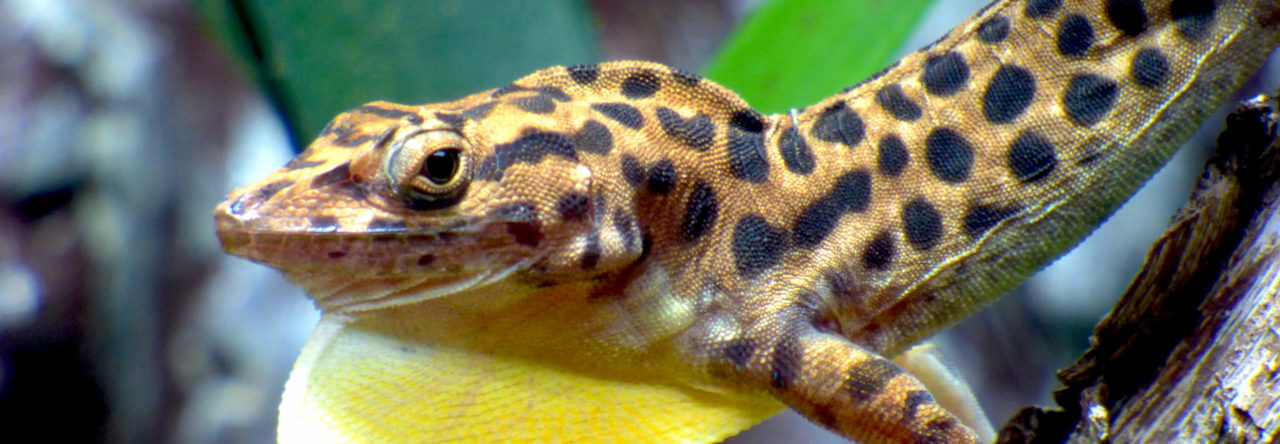
You might think this picture was taken in New Hampshire, but these are the pine forests of Valle Nuevo National Park, where Anolis shrevei is found
There are many chilling realities associated with global warming. One of the major lines of research in climate change is to understand how organisms will respond to increasing temperatures. Ectotherms such as reptiles are excellent model systems for learning how organisms will be affected by climate warming as their performance (running, jumping, etc.) is so tightly linked to temperature. Research by Ray Huey and colleagues, for example, has shown that increasing temperatures is pushing some lizards to their thermal limits, leading scientists to suggest that some lizards might not be able to take the increase in heat that is expected over the next few decades.
But spending three years working at high elevation in the Dominican Republic has made me wonder a different question – Can lizards take the cold? Beginning around 1,700 meters or so in the DR you begin to enter a strange habitat. At these high elevations the habitat is composed of pine forests that are reminiscent of New Hampshire, and require that you remind yourself that you are, indeed, still in the Caribbean. It is cold up there – near Valle Nuevo in the Eastern Mountains and near Loma de Toro in the Western Mountains the mean winter temperature hovers just above freezing. Even in summer the nights are cold and the crepuscular hours tangibly chilly.











